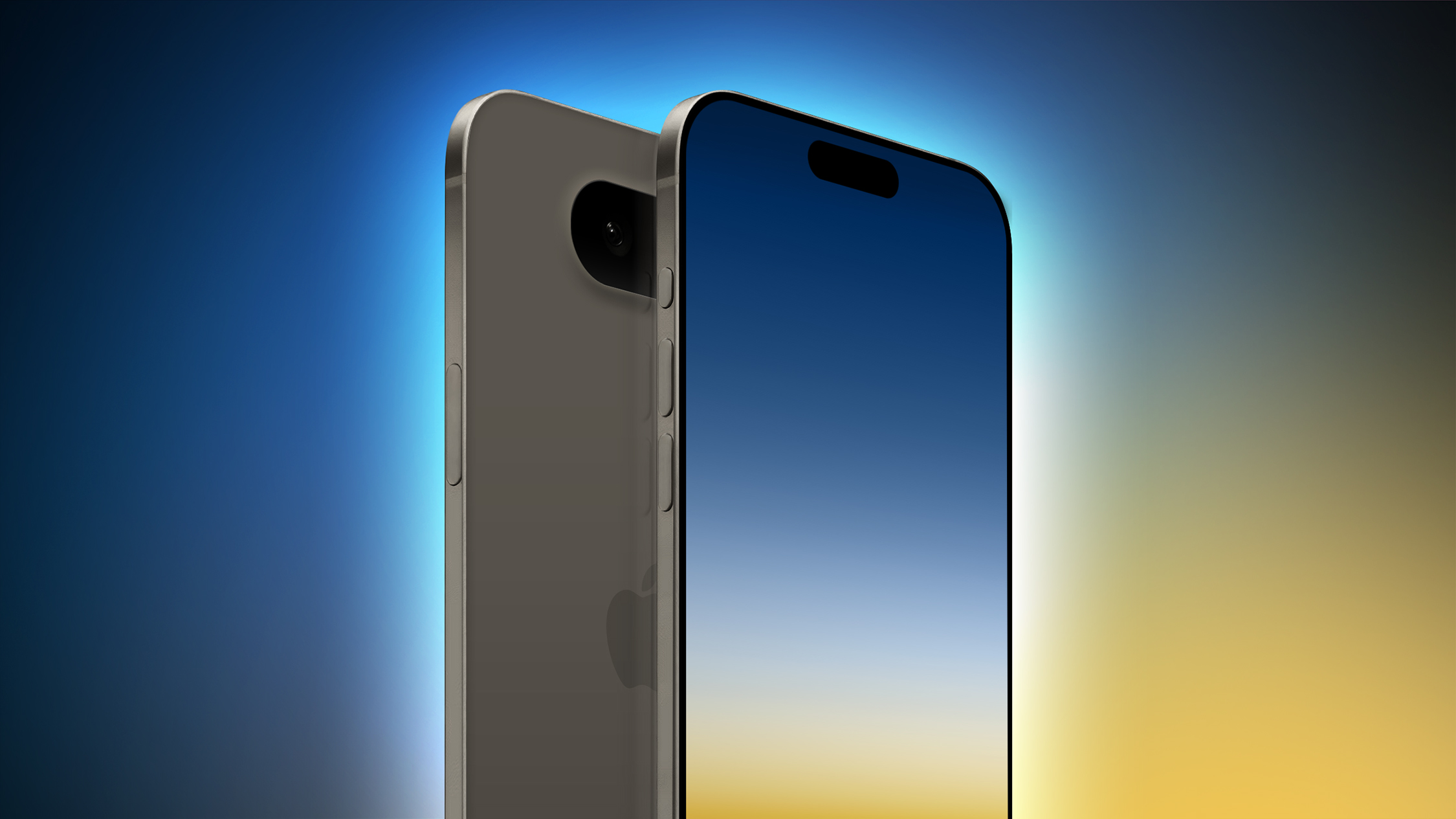
The NPI phase transitions a product from concept to mass production, beginning with design validation and prototype testing, followed by supplier qualification and manufacturing process development. Pilot production runs test the assembly and refine quality control, while aligning logistics with the supply chain, with the ultimate aim of ramping up to full-scale manufacturing.
The iPhone 17 Air is expected to replace the Plus model in Apple's lineup and will reportedly offer a significantly slimmer design that current iPhone models. The handset will be about two millimeters thinner than the current iPhone 16 Pro, according to Bloomberg's Mark Gurman.
As for size, the iPhone 17 Air is expected to fall somewhere between the iPhone 17 Pro and 17 Pro Max. Separate rumors have claimed 6.55 inches, 6.6 inches, and 6.65 inches as the display size that Apple has settled on, which would make it smaller than the iPhone 17 Pro Max, but larger than the 17 Pro.
Apple is expected to equip the iPhone 17 Air with its own custom-designed 5G modem chip, which is smaller than 5G modem chips from Qualcomm. Apple has focused on making the chip more integrated with other Apple-designed components to save space within the iPhone without sacrificing battery life or display quality, according to Gurman.
Meanwhile, the rear camera will be relocated from the upper left side of the iPhone to the center of the device, as part of a "large, centred camera bump," according to The Information. Analyst Jeff Pu believes it will feature a single 48-megapixel lens.
The iPhone 17 Air will debut next year alongside a standard iPhone 17, an iPhone 17 Pro, and an iPhone 17 Pro Max – the Pro models of which are said to have significant design changes of their own.
Related Roundup: iPhone 17
This article, "iPhone 17 Air Model Enters Product Introduction Phase at Foxconn" first appeared on MacRumors.com
Discuss this article in our forums


![Turn your M4 Mac Mini into a Mini Mac Pro [Hands-on]](https://i0.wp.com/9to5mac.com/wp-content/uploads/sites/6/2025/01/IMG_7348-e1736457796164.jpg?resize=1200%2C628&quality=82&strip=all&ssl=1)





 English (US) ·
English (US) ·